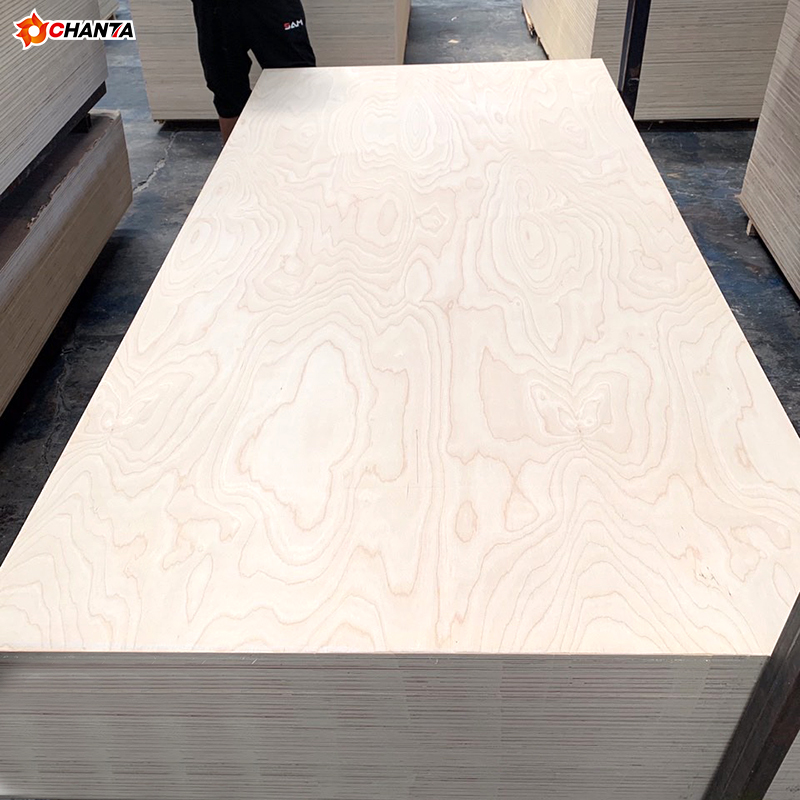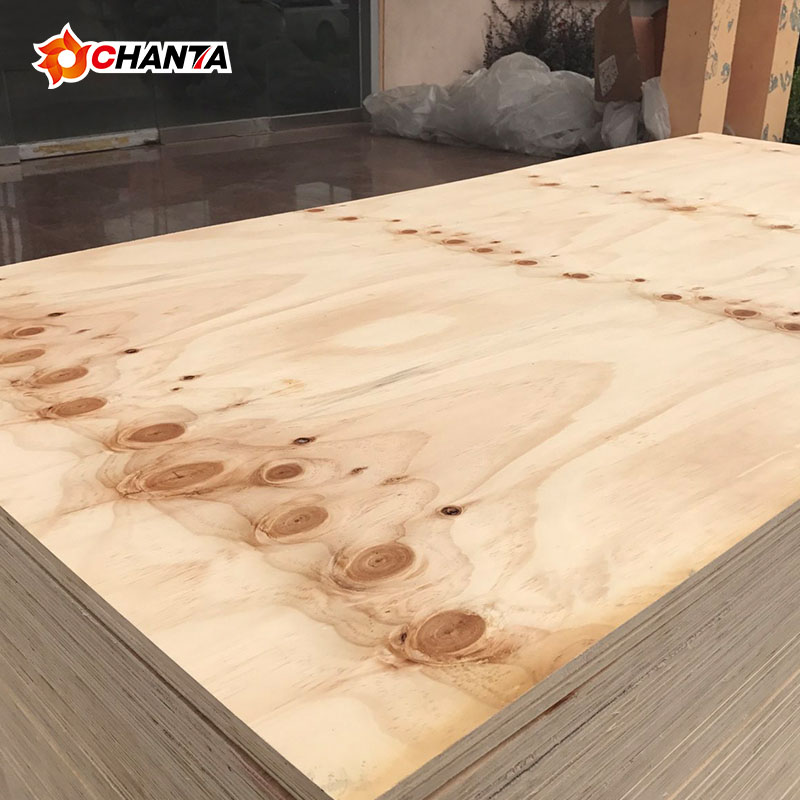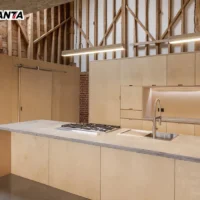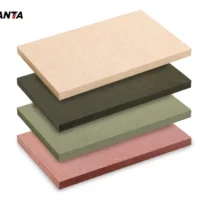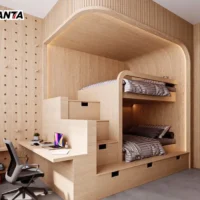Brown film faced plywood is a high-performance material designed for demanding construction applications. Known for its durability, moisture resistance, and smooth surface, this type of plywood is ideal for concrete formwork, scaffolding, and exterior building projects. Below, we’ll explore the features, benefits, and uses of brown film faced plywood, as well as tips for choosing the best options for your construction needs.
What is Brown Film Faced Plywood?
Brown film faced plywood is a plywood sheet coated with a thin, durable brown film layer. This film, typically made from phenolic or melamine resin, creates a waterproof barrier that protects the plywood from moisture and other environmental factors. The layers of wood veneers within the sheet are bonded using waterproof adhesive, giving the plywood added structural stability and resistance to warping.
Builders and contractors often choose it for its ability to hold up under heavy loads and resist water damage. It is particularly popular in concrete work and other high-moisture settings where traditional plywood would quickly deteriorate.
Key Features of Brown Film Faced Plywood
Brown film faced plywood is valued for its unique combination of strength, resilience, and ease of use. Here are some of the standout features that make it so effective in construction:
- Water Resistance: The brown film coating repels moisture, preventing the wood from absorbing water and swelling. This feature makes it suitable for concrete formwork, where exposure to wet conditions is frequent.
- Smooth Surface Finish: The film coating also gives the plywood a smooth, polished surface. This smooth finish is ideal for concrete applications because it helps produce clean, seamless surfaces.
- High Durability: Designed to withstand heavy loads and repeated handling, It is built to last. It is strong enough for scaffolding, temporary structures, and other demanding applications.
- Reusable: This plywood type can be reused multiple times, making it a cost-effective choice for projects that require long-lasting materials.
Common Applications of Brown Film Faced Plywood
Thanks to its strength and moisture resistance, brown film faced plywood can be used in many different construction applications. Here are some of the most common ways it is used in the industry:
1. Concrete Formwork
One of the primary uses for it is in concrete formwork. Its smooth, water-resistant surface prevents concrete from sticking, which allows for easy release after the concrete hardens. This quality also helps produce clean, smooth concrete surfaces, reducing the need for additional finishing.
2. Exterior Walls and Roofing
It is also used in temporary or semi-permanent exterior walls and roofing structures. It is particularly useful in settings where the plywood may be exposed to rain or humidity. Builders often select it for outdoor applications because of its ability to resist moisture and retain its strength over time.
3. Flooring and Decking
This type of plywood is an excellent choice for flooring and decking in construction projects. Its load-bearing capacity and resistance to moisture make it a reliable option for temporary floors or platform decking. The smooth finish adds an extra layer of refinement, which can be useful for high-traffic areas.
4. Scaffolding and Support Structures
Scaffolding often relies on it because of its strength and durability. The plywood can bear significant weight without bending or breaking, making it safe for use in load-bearing applications. Its reusability also adds to its value in scaffold building, where it can be used in multiple projects without degradation.
Advantages of Brown Film Faced Plywood
Brown film faced plywood offers several benefits, making it an efficient and cost-effective choice for many construction projects. Below are some of the main advantages:
- Long-Lasting Durability: It can withstand heavy use and exposure to moisture without warping or deteriorating, extending its lifespan compared to regular plywood.
- Low Maintenance: Its smooth, non-absorbent surface makes it easy to clean. Concrete residue, dirt, and debris can be wiped away quickly, which is ideal for reusability in construction settings.
- Cost Efficiency: Although it may have a slightly higher upfront cost, brown film faced plywood’s reusability and durability make it more economical over time. Builders can reuse it in multiple projects, reducing the need for frequent replacements.
- Lightweight and Easy to Handle: Despite its strength,It is relatively lightweight, making it easy to transport and install. This feature is particularly useful in large-scale construction projects.
Choosing the Right Brown Film Faced Plywood
Selecting the right brown film faced plywood involves considering the specific needs of your project. Here are a few factors to keep in mind when making your choice:
- Plywood Thickness: Brown film faced plywood is available in a range of thicknesses, typically from 12mm to 25mm. Thicker sheets provide more support and are ideal for heavy-duty applications, such as concrete formwork or scaffold platforms.
- Core Material: Common core materials include poplar, birch, or hardwood. Poplar is lightweight and cost-effective, while birch and hardwood offer added strength and stability.
- Glue Type: High-quality glue, such as phenolic or melamine, improves bonding between layers, ensuring durability and water resistance. Choosing plywood with high-quality adhesive is especially important for projects exposed to moisture.
Frequently Asked Questions About
Q: Is It suitable for outdoor use?
A: Yes, it is designed to resist water, which makes it suitable for both indoor and outdoor use, particularly in temporary structures or applications exposed to moisture.
Q: How many times can it be reused?
A: With proper handling and maintenance, it can be reused between 10-15 times in concrete formwork, depending on project conditions.
Q: What makes brown film faced plywood different from green film faced plywood?
A: Both types offer similar features, but the color variation helps identify specific products.It is widely used and may be more readily available and affordable.
Q: Can brown film faced plywood be painted?
A: Although it can technically be painted, its non-absorbent film surface may affect paint adhesion. Specialized primers or coatings may be needed for the best results.
Conclusion
It is a durable, versatile solution for construction applications that require strength and water resistance. From concrete formwork to scaffolding, its reliable performance and smooth surface make it a favorite among builders and contractors. By choosing the right thickness and core material, you can maximize its lifespan and effectiveness, ensuring a strong and lasting solution for demanding construction needs. For anyone in need of high-quality plywood that stands up to the elements and provides excellent value, It is an excellent choice.










